With the multitude of choices that confronts us every day, it must be liberating to know exactly what you want.
“We used to live there,” says landscape architect-turned-artist Daphné Mandel, pointing at a nearby building. She’s very fond of this part of The Peak – not a surprise given the majestic view and the privacy it offers – so she decided to stay in the area.
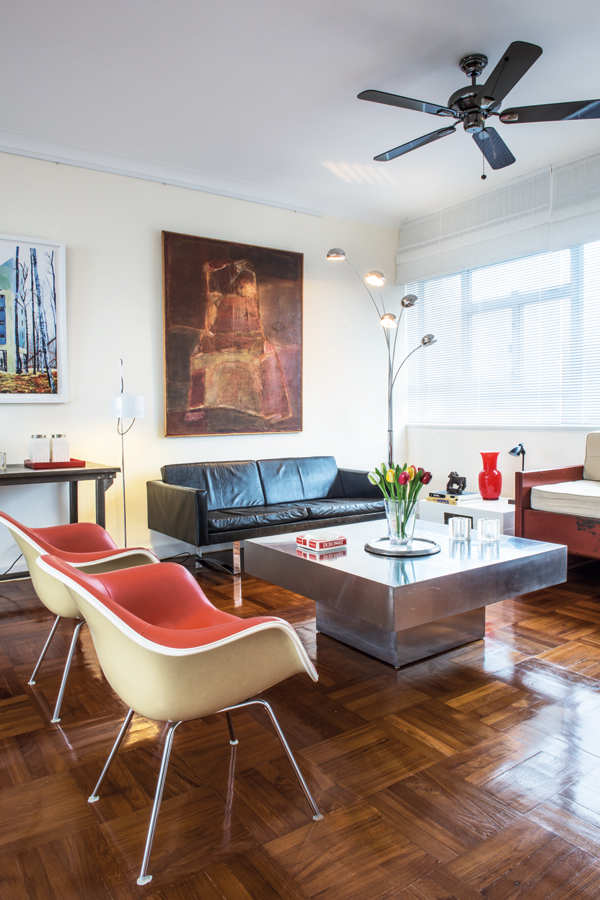
Located in a government-owned block dating back to 1965, the apartment exudes innate charm and character. Living in an older structure has always appealed to Daphné. Older apartments are spacious, bright, and come with efficient layouts and very high ceilings – qualities considered luxuries in Hong Kong – even though they might lack facilities that come with modern luxury residential buildings.”I don’t mind austere facades and unpolished interiors. It may seem basic, but this is exactly what you need if you want to bring personality to your home,” she shares.
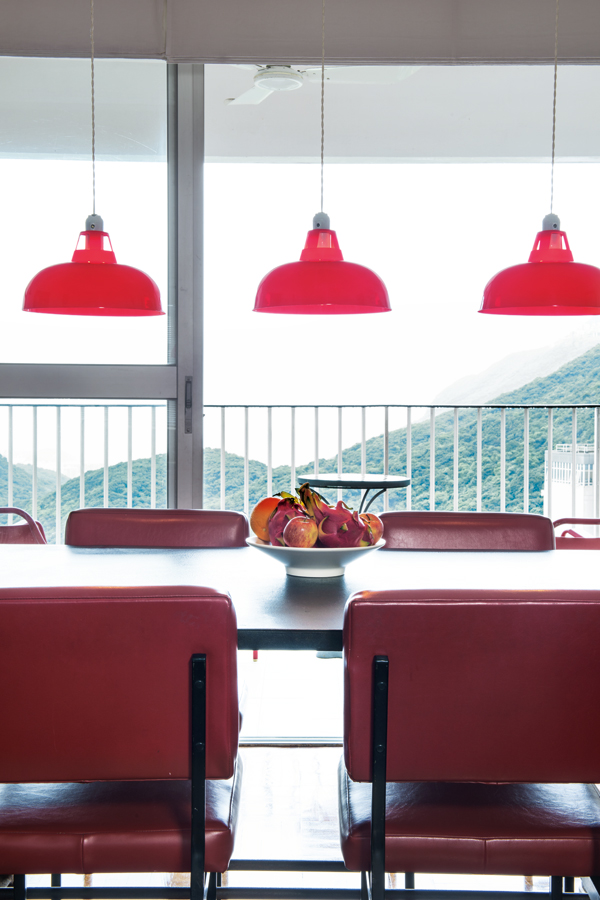
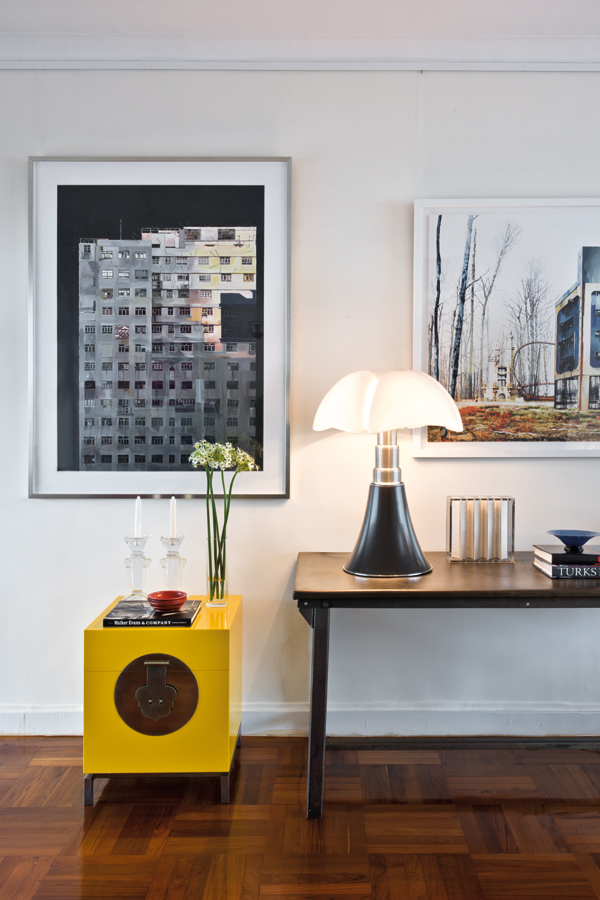
Personality is exactly what Daphné brought upon moving in with her husband and their son. Trained as an architect – before moving to Hong Kong in 2008, she co-founded Gilot & Mandel Paysagistes, a Paris-based landscape architecture and urban-planning firm – it’s understandable that she also has a mild obsession with design and furniture. It may seem strange to some, but the first thing she ever splurged on after she started working was a vintage hospital bed.
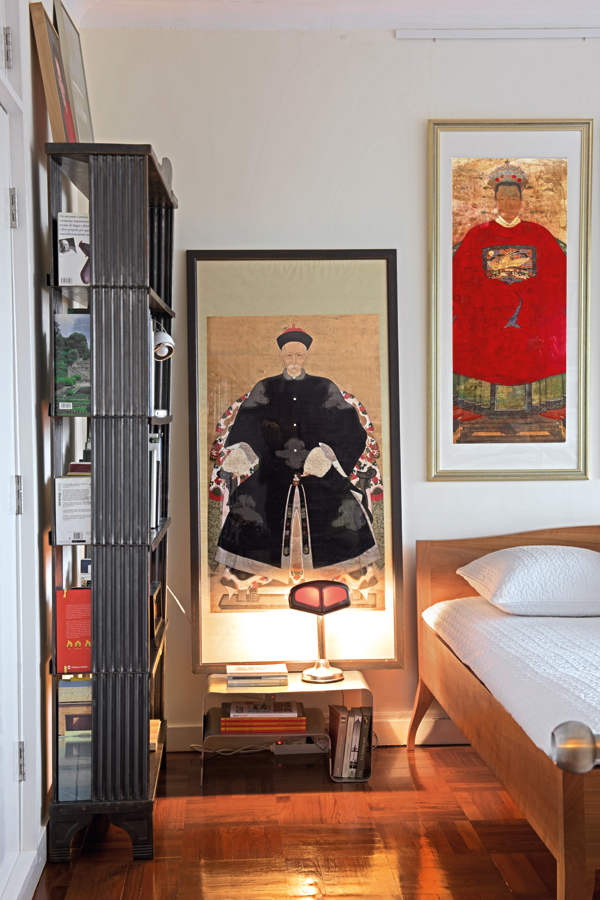
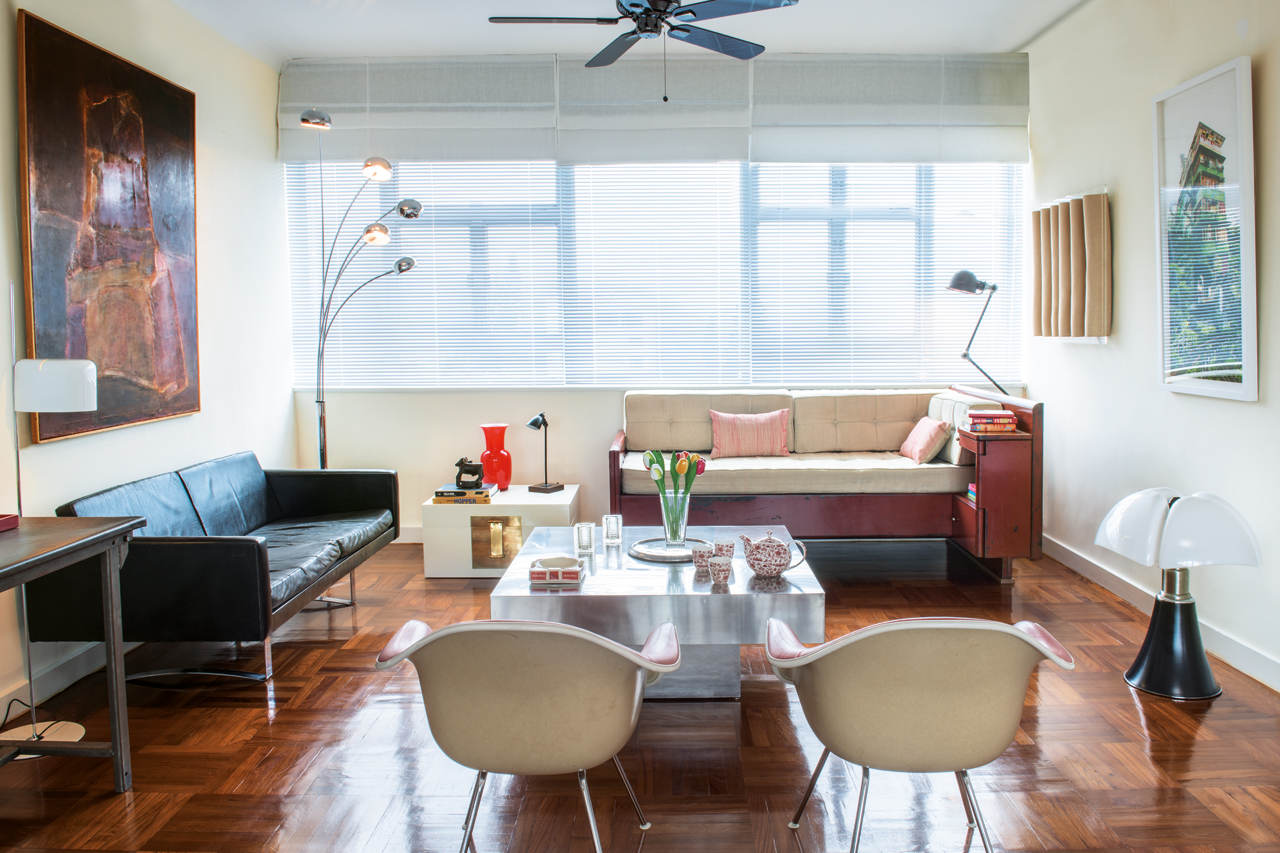
It wasn’t an ordinary one, however; the inimitable Jean Prouvé, one of Daphné’s design heroes, designed it in 1934. The treasured piece now serves as a daybed in her home (pictured above), taking pride of place in one corner of her living room. “Prouvé was an architect and designer, and described himself as a constructor,” says Daphné. “He managed to achieve the challenge of transferring industrial technology to architecture while keeping all the aesthetic qualities.”
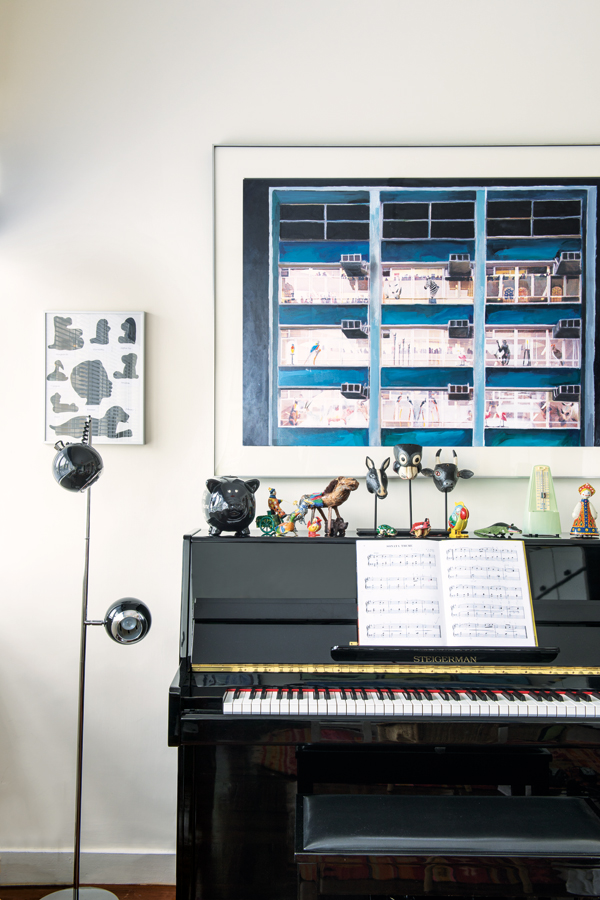
Like the Prouvé hospital bed, each piece in Daphné’s home comes with a rich backstory. Nothing is run-of-the-mill – it’s either a family heirloom or a random find from her sojourns to the flea markets Puces de St Ouen in Paris as well as Milan’s Navigli market. “Apart from a few lamps and a couple of items in my son’s room, I haven’t purchased anything from a conventional shop. I love that everything has a real story behind it – the memory of where I bought it or what it used to be,” she says.
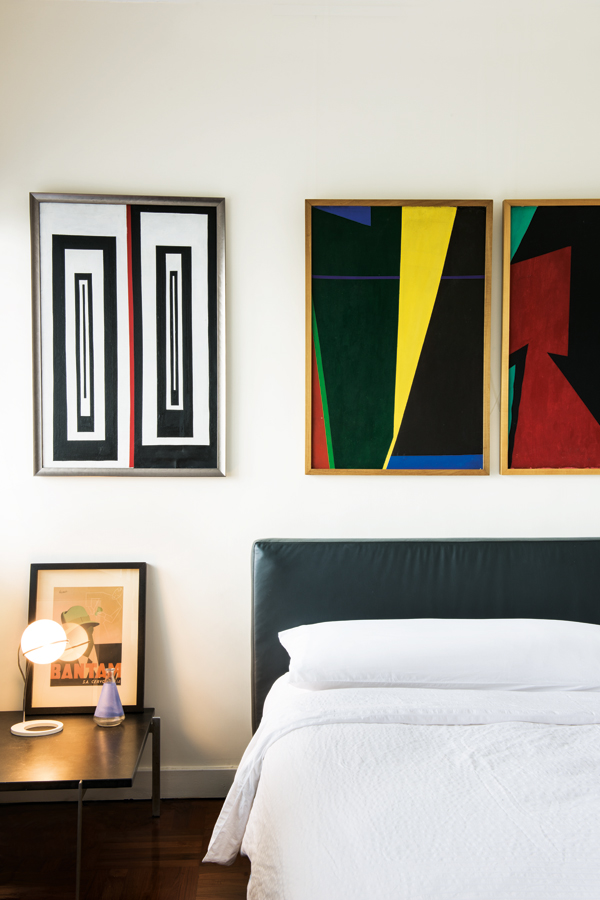
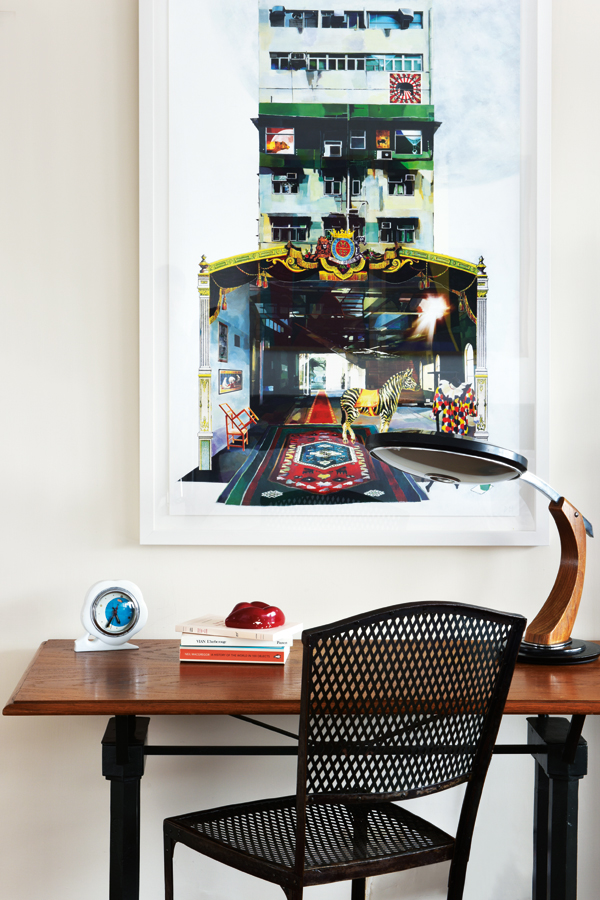
Her penchant for things with a past life allowed her to acquire original pieces by venerable designers including Charles & Ray Eames and Shiro Kuramata – all at a fraction of the price. But her primary concern isn’t brands or labels – it’s the thrill of the hunt. Although Daphné didn’t really set out to collect pieces from a specific period, it’s obvious that she adheres to designs with a particular sensibility. A common thread that runs through all the pieces she saved up for or stumbled upon are that they’re generally from the 1950s to the ’70s – a time she describes as a “period when designers created the perfect harmony between form and function”.
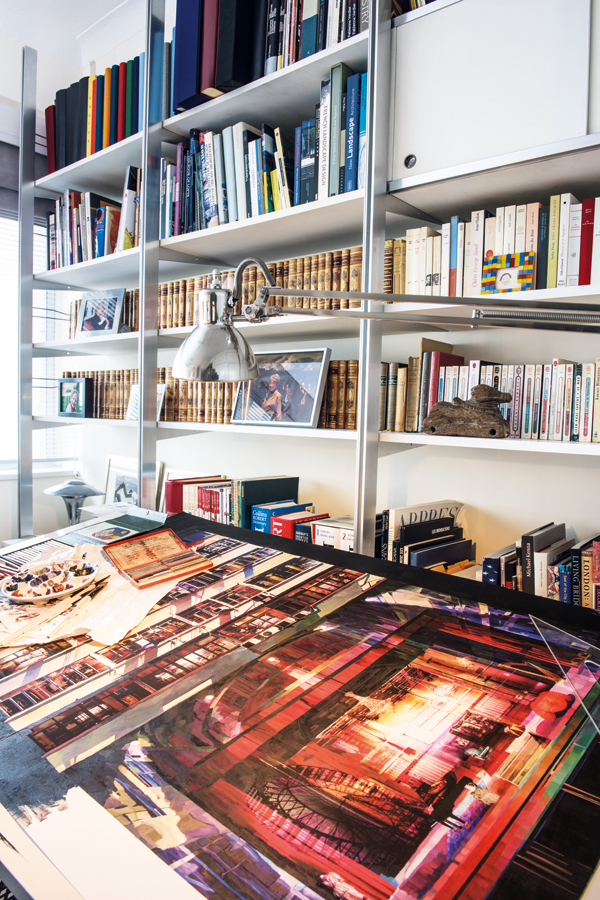
Part of the allure is the pieces’ provenance, but the eclectic yet natural manner in which Daphné mixes everything together is what’s most striking. She says, “I don’t have an overarching nor premeditated vision of what my home should look like. Most of these pieces have been with me in the different homes I’ve lived in and they always seem to cohabit in harmony.”
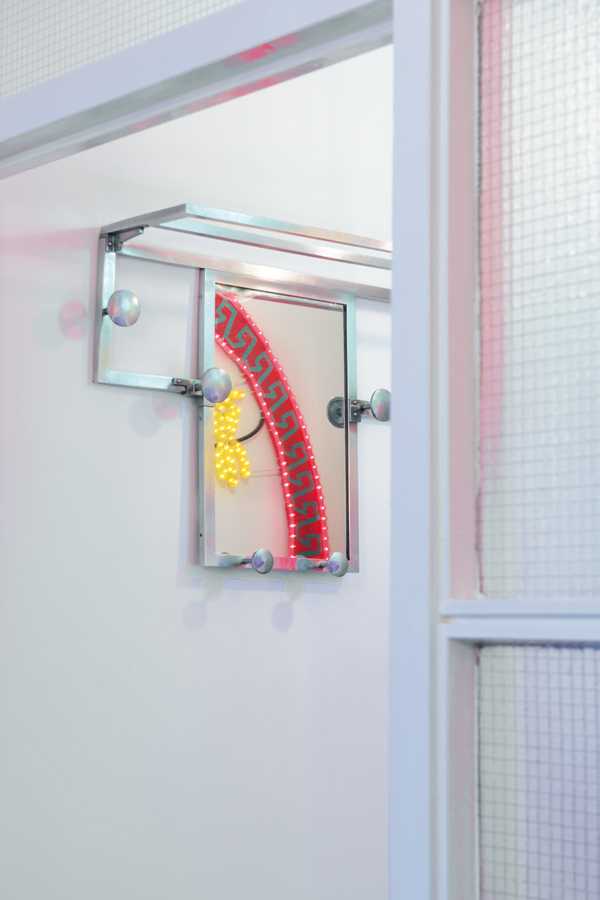
Clearly, she has a knack for putting things together, also evident in her mixed-media artworks that feature a tapestry of architectural features inspired by Hong Kong. “I like to explore the rough beauty of these urban contrasts while introducing my own imaginary world,” she says of her art.
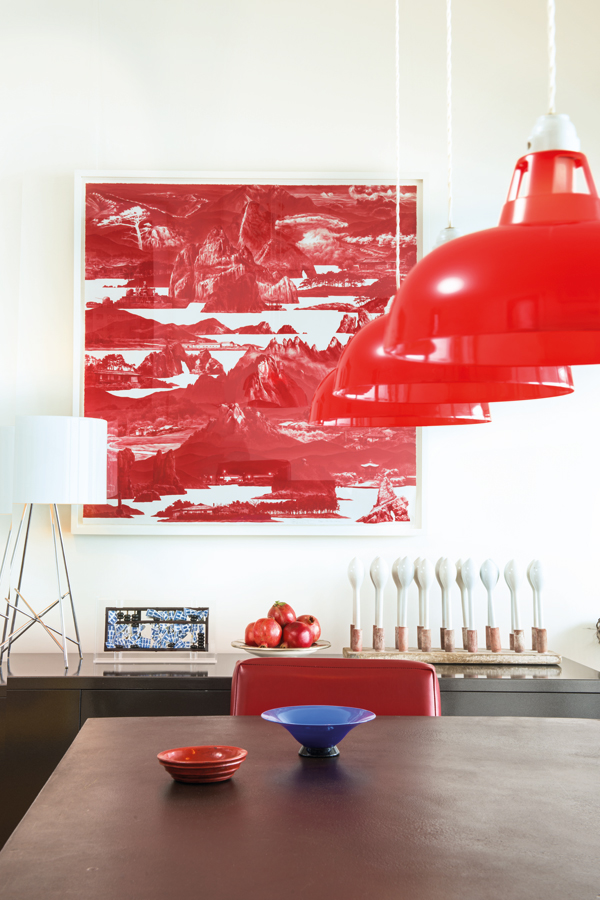
Daphné credits her creative awakening to her Dutch grandmother Wil Fruytier, a successful textile artist and pioneer of the genre. Her influence is seen everywhere – from the prized pieces that are peppered around the apartment to the pastels Daphné uses for her own artwork. “Her taste and style have influenced many of us in the family, and her art reflected her unconventional personality. She lived until 92, smoking cigars and drinking whiskey as an unrelenting enthusiast,” shares Daphné. Without a doubt, the eccentric, creative gene was passed on her granddaughter, whose individual interiors and artistic endeavours speak of nothing but originality.






